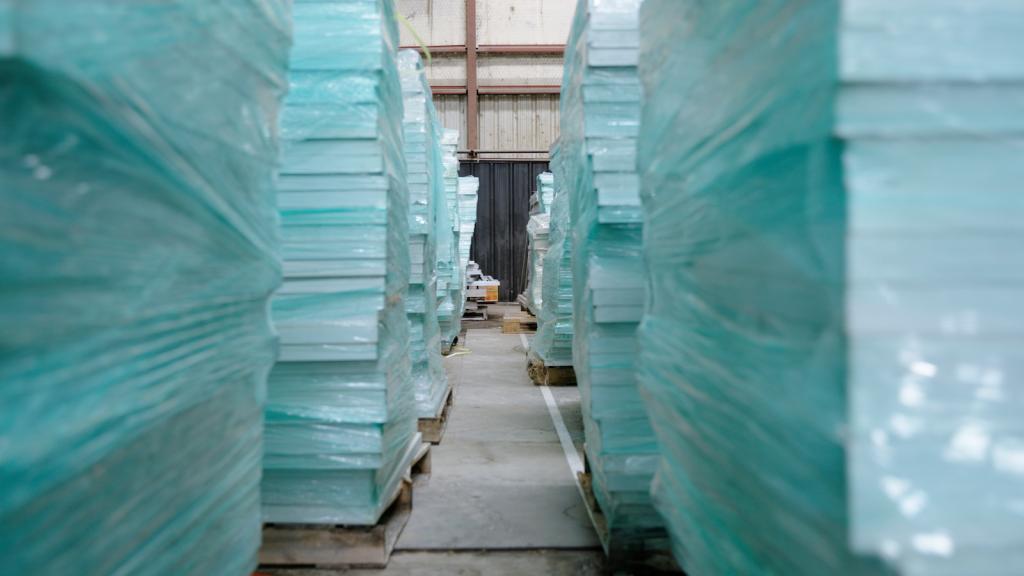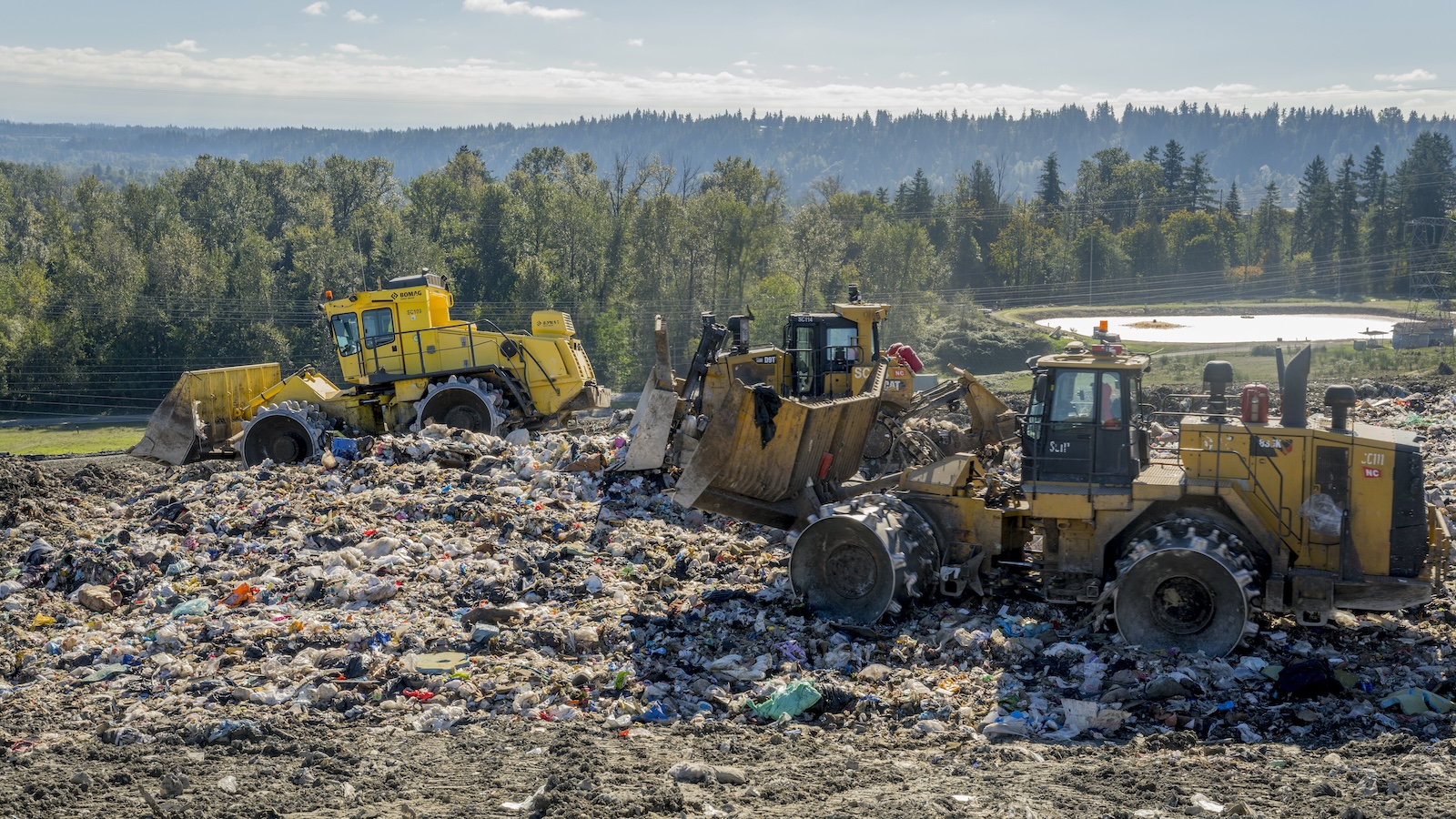Landfills in Oregon and Washington repeatedly exceeded federal standards for methane emissions last year, according to documents obtained by an environmental group.
Although the Clean Air Act requires that large landfills operators keep methane concentrations below 500 parts per million, Environmental Protection Agency inspection reports from May and June 2022 show that this threshold was exceeded in dozens of readings taken at four landfills in Oregon and Washington. At one landfill near Corvallis, Oregon, there were so many exceedances that an inspector ran out of flags to mark them with. At another, the inspector’s measuring instruments maxed out, indicating what he described as “explosive” concentrations of methane.
Katherine Blauvelt, circular economy campaign director for the environmental group Industrious Labs, which obtained the documents through public records requests, said the reports highlight the need for better monitoring and mitigation of landfill methane emissions nationwide. These kinds of methane leaks are likely happening across the country, she said, much more frequently than the public knows, and regulators aren’t using the best tools to stop them.
“Everyone’s operating under the Windows 2000 system, and it’s time for an upgrade,” she said. “We’ve got to do better, because we’re in a climate emergency and methane is a super-pollutant.”
Methane, a greenhouse gas 84 times more powerful than carbon dioxide over its first 20 years in the atmosphere, is released from landfills by decomposing organic material like food scraps, cardboard, and yard trimmings. Already, EPA data pins landfills as the country’s third-largest source of anthropogenic methane emissions after oil and gas infrastructure and animal agriculture, and in many states — including all three on the West Coast — landfills account for 80 percent or more of all industrial methane emissions.
Large landfill operators can’t stop organic matter from releasing methane as it decomposes. But they are required by law to conduct quarterly monitoring of their facilities and prevent that methane from escaping into the atmosphere — in part due to safety concerns, since methane is highly combustible. When landfill operators find places where methane concentrations exceed 500 parts per million, they’re supposed to report it — usually to their state’s environmental authority — and take measures to bring that concentration down. These measures can include improving the covers that landfills are required to have — which often include tarps — or installing gas capture systems that transport the methane to a flare or a treatment center, where it can be used to generate electricity or converted into vehicle fuel.
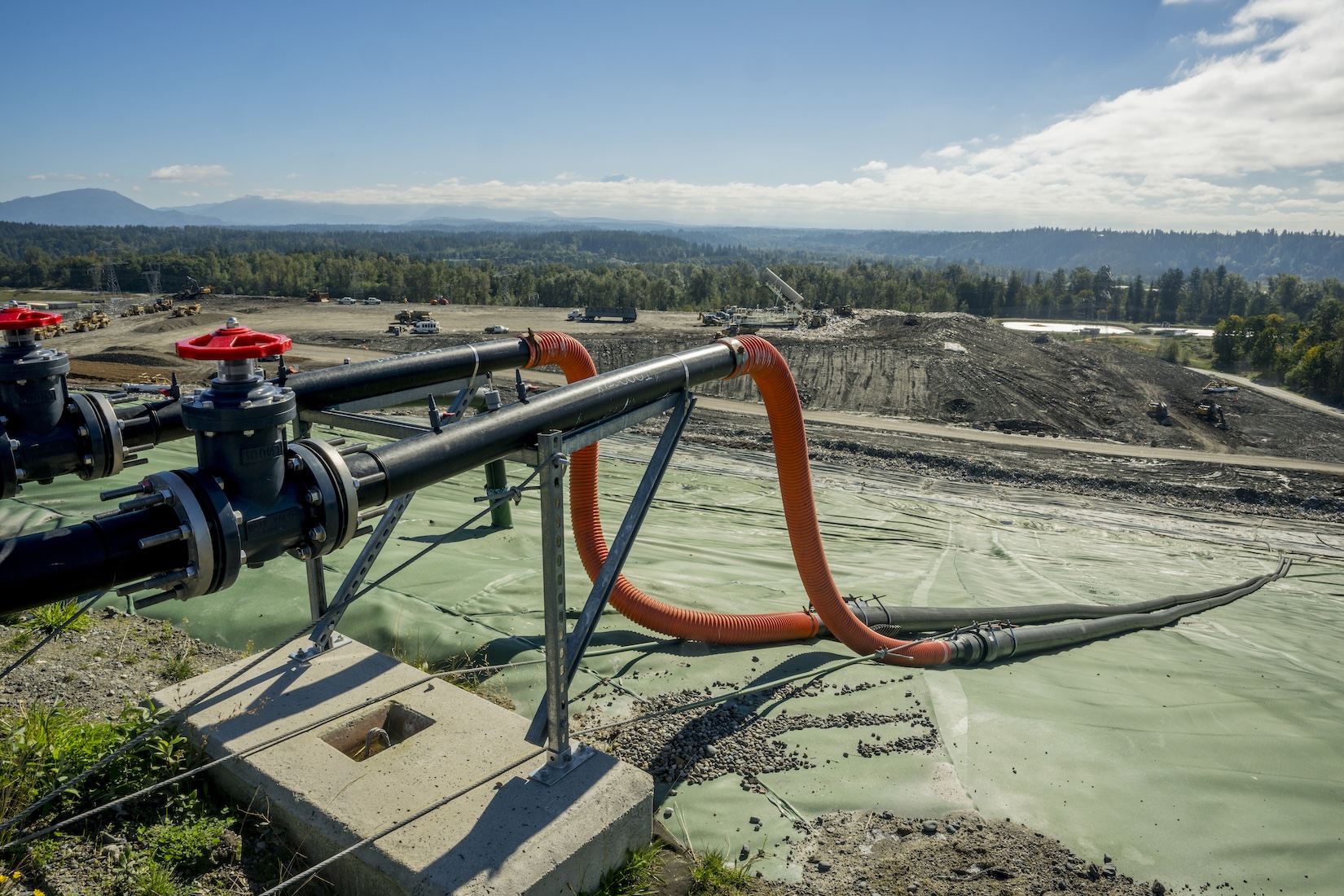
Sometimes, federal inspectors from the EPA visit to take their own measurements. They walk a loop around the landfill and take periodic measurements with a tool called a “toxic vapor analyzer.” At minimum, they have to take measurements every 100 feet, but they also take measurements in places where they see potential signs of a methane buildup — for example, where air pressure appears to be lifting up a section of the landfill cover, or at a hole in the cover.
These measurements from the EPA don’t always match up with the landfill operators’ self-surveys.
For example, according to the EPA inspection reports seen by Grist, the company Republic Services found zero methane exceedances over five years of quarterly monitoring of its regional landfill in Roosevelt, Washington, and between zero and six exceedances in recent quarterly surveys of its Coffin Butte landfill near Corvallis, Oregon. But when the EPA visited these landfills in June 2022, an inspector documented 16 points of exceedance at the Roosevelt facility and more than 60 at the Corvallis one. More than two dozen locations across both landfills showed methane concentrations above 10,000 parts per million, more than 20 times higher than the Clean Air Act limit. At both landfills, the inspector noted visible signs of methane leakage, including areas of the landfill cover that were “inflated with and leaking out landfill gas.”
This was also the case at a Graham, Washington, landfill operated by the company Waste Connections, where the EPA inspector logged 38 points of exceedance and noted an “environmental concern and a safety hazard” caused by explosive levels of gas leaking out of the landfill cover. Another landfill near Seattle, operated by King County, showed just three methane exceedances, although one location had a methane concentration of 9,000 parts per million.
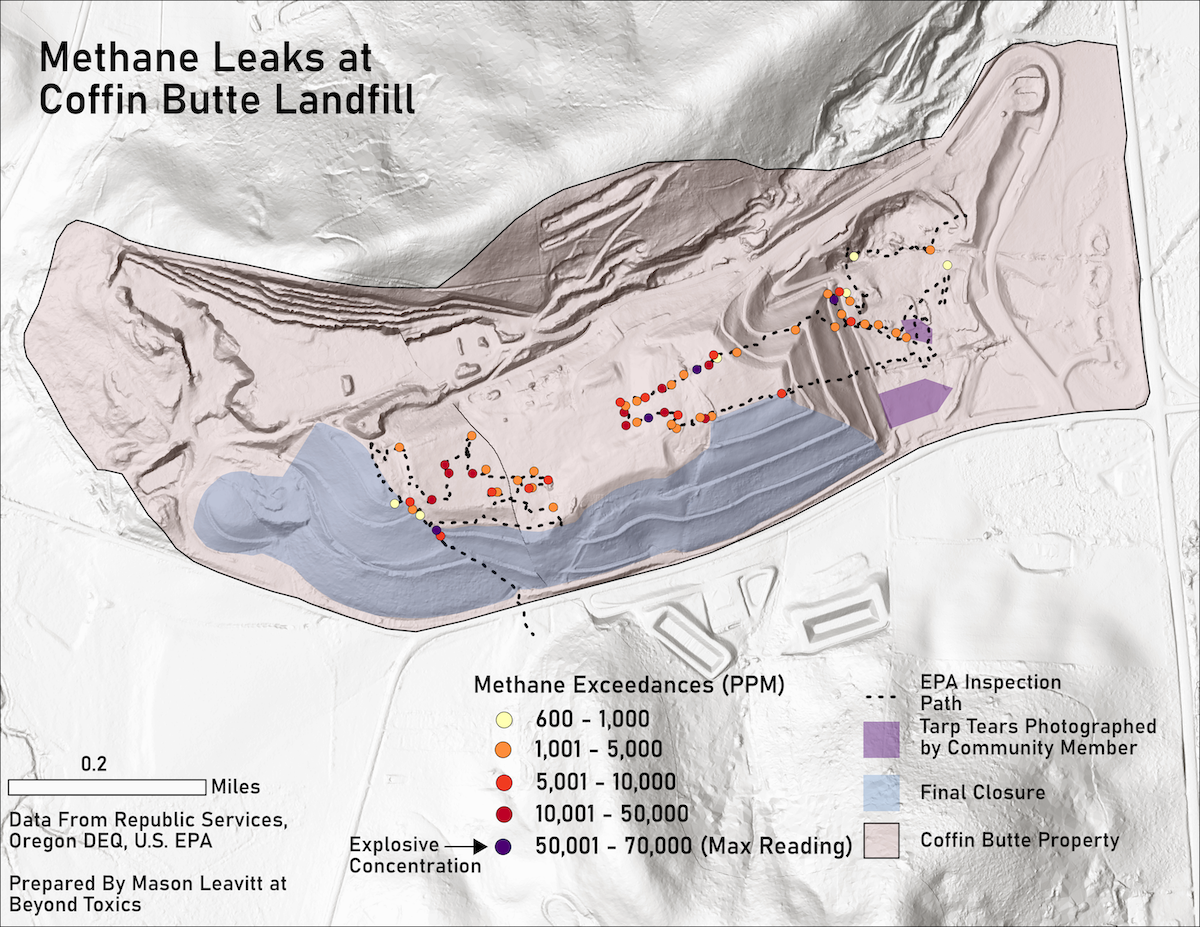
In response to Grist’s request for comment, Republic Services said it has “differing perspectives” on the EPA’s testing protocols and analyses from its inspections in 2022, and that it has “addressed the EPA’s observations” at both its Corvallis and Roosevelt facilities. King County said it made immediate repairs to the landfill cover to address the largest exceedance identified by the EPA, and that it “increased the frequency of synthetic cover inspections to identify any potential damage and repair it as soon as possible.” Waste Connections did not respond to Grist’s request for comment.
The EPA inspection reports appear to reflect the agency’s broader difficulties with quantifying and limiting landfill-based methane emissions nationwide. According to a recent study submitted to the journal Atmospheric Chemistry and Physics that has not yet undergone peer review, methane emissions from landfills could be 77 percent higher than the values reported by U.S. operators to the EPA, and the EPA itself has said that “widespread noncompliance” with federal rules for landfill-based methane releases may have contributed to “potentially tens of thousands of tons of unlawful emissions of greenhouse gases and other pollutants.” This August, the agency identified landfill methane as one of its three main climate-related enforcement priorities for 2024 to 2027.
Meanwhile, people living near landfills are increasingly concerned over the climate and safety impacts of these methane emissions. Kevin Kenaga, who lives near Republic Services’ Corvallis facility, said explosive methane leaks could make the landfill “really, really problematic” in case of a wildfire, since it’s flanked by forests. (Landfills can also start fires themselves; they frequently reach very high temperatures and have been known to spontaneously combust.) He and others have documented numerous holes in the landfill cover, some of which show weeds growing through them, or animal burrows.
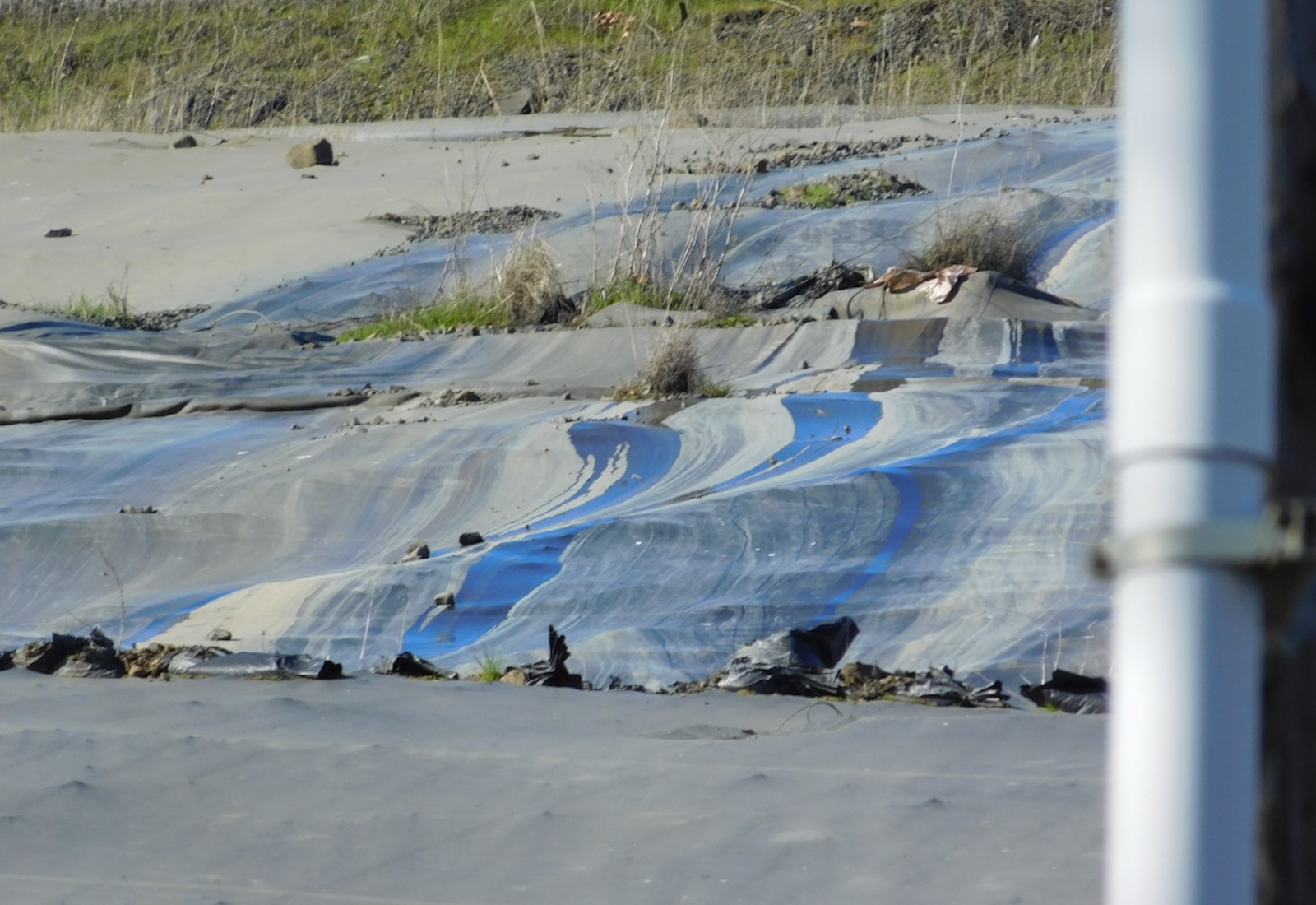
To turn things around, environmental groups are pushing for more stringent requirements for landfill operators, beginning with better monitoring. Air-based monitoring, for example — performed by a drone — could be used to identify more leaks, more often than four times a year, and it could be combined with satellite imagery to identify where some of the biggest methane plumes are. These technologies already exist, and Blauvelt said they could be a “game-changer” if better applied to mitigating landfill methane emissions.
Blauvelt also called on regulators to create standards for the thickness and type of material used as landfill cover, since this cover is “the most important operational factor in slowing the release of methane.” She also said more landfill operators should be required to put gas capture systems in place, and on a faster timeline. Right now, many smaller landfills don’t have any requirements for gas capture, and the larger ones can drag their feet for five years before installing a system. They can “just sit there” emitting methane, she said.
Some of these changes may be in the works for Washington state, where the Department of Ecology is getting ready to propose a new rule fleshing out new requirements for the monitoring and mitigation of landfill-based methane emissions. That rule is expected to be finalized this fall. At the federal level, advocates are also awaiting updated landfill air quality rules from the EPA sometime in 2024. In response to Grist’s request for comment, the EPA said it already uses satellite imagery and “other airborne monitoring technologies” to identify facilities that may be noncompliant with federal law, though landfill operators are not required to use these technologies. The agency said it is “in the process of considering what, if any, next steps” it will take following its 2022 inspections in Oregon and Washington.
Perhaps the most effective way to address landfill methane emissions is to stop them from being created in the first place — and that means keeping organic material out of landfills, for example, by reducing food waste or diverting it to municipal composting programs. According to one estimate, sorting and treating organics separately from other trash can reduce landfill methane emissions by 62 percent.
Washington state recognized this strategy in a law passed last year to reduce organic waste disposal by 75 percent by 2030, and environmental groups say it should be prioritized elsewhere too — like in Corvallis, Oregon. “This community really wants alternatives to landfills,” said Mason Leavitt, a GIS and spatial data coordinator at the Oregon-based nonprofit Beyond Toxics, referring to residents living near Republic Services’ landfill. “We’re really focused on ways to do that, and diverting organics is going to be a huge one.”
